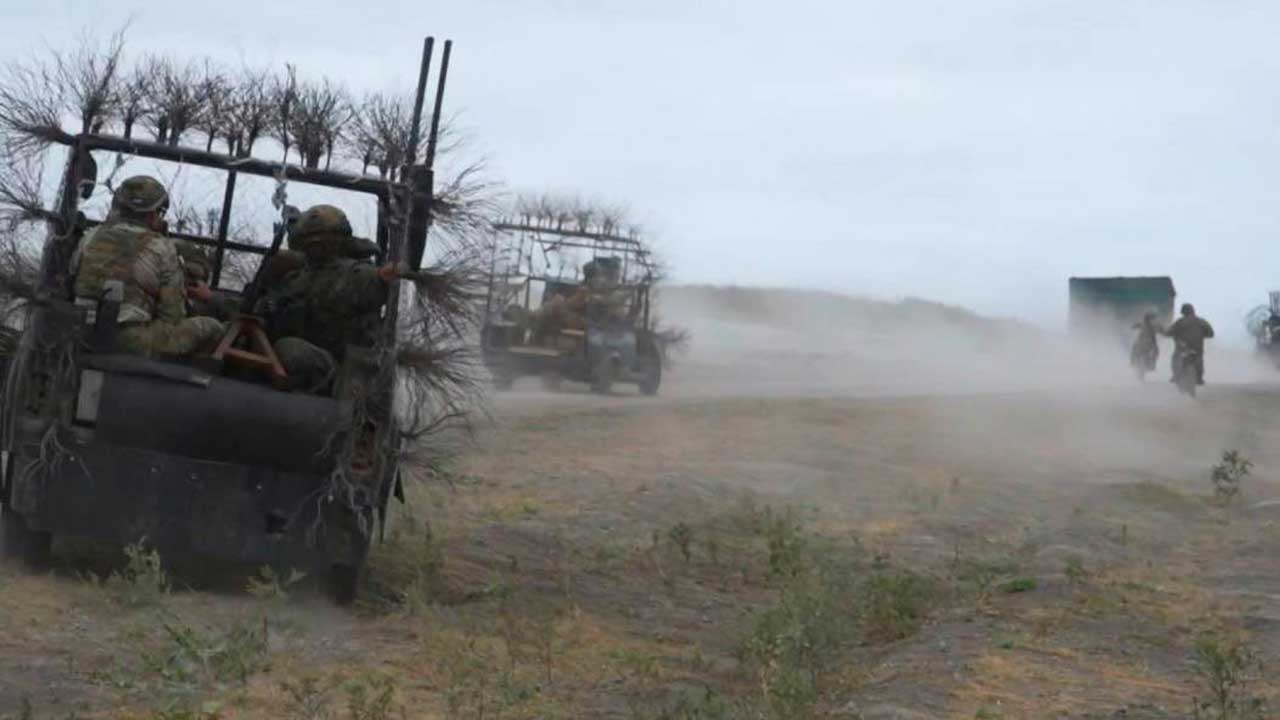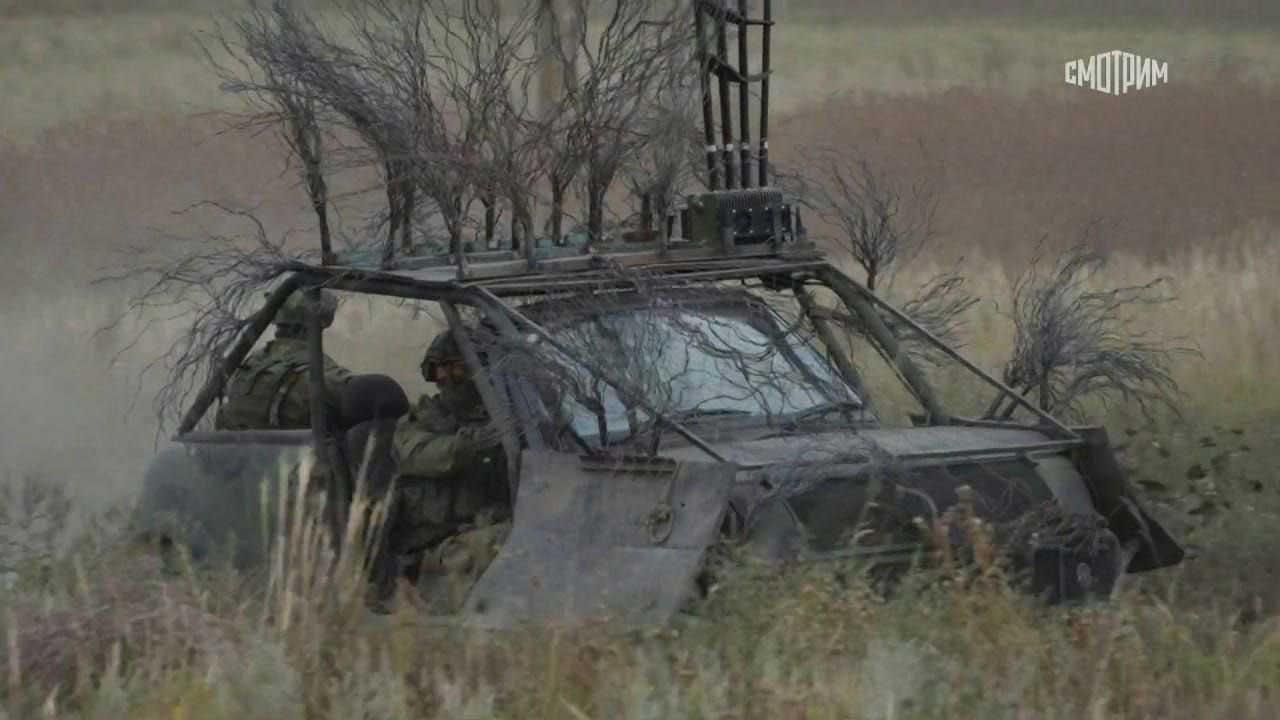Russian charge troops deployed in Ukraine are increasingly relying on impromptu modifications to survive on the battlefield, and are modifying civilian vehicles with hand-made armor to prepare for the attacks of Ukrainian-made FPV drones.
Images and footage show small cars poorly reinforced with welded steel bars, wire mesh and scrap materials, and soldiers call this impromptu protection “lapsha (“noodle” in Russian) due to the appearance of its tangled structure.
+ NORAD mobilizes F-16 fighter jets to escort Russian planes near Alaska
These modifications have attracted attention as they reminiscent of the post-apocalyptic-style vehicles that appear in the Mad Max movie series.

A shortage of modern armored cars
These modified vehicles are being used as substitutes by Russian assault forces at sites where modern armored vehicles, such as transport and infantry combat vehicles, are lacking.
Due to insufficient equipment, the military reuses stolen or requisitioned civilian vehicles and installs simple protective structures to increase frontline survival.
The evolution of anti-drone “cages”

The so-called “lapsha” improvements mark a new stage in Russian adaptation to the Ukrainian drone threat. Since the early days of the conflict, tanks and armored vehicles have been equipped with lattices, wire meshes and improvised protection, fighting Reuters ammunition and suicide drones. Currently, the same idea is applied to lightweight platforms, and even civilian vehicles are trying to provide a certain degree of resistance.
The idea is simple and crude: cover the vehicle with a “cage” surrounded by welded rods, wire meshes, and sometimes branches, hoping that the FPV drone will deflect or delay hits before it hits vulnerable areas.
However, operators on the Ukrainian side point out that their effectiveness is limited as drones can maneuver and target gaps in improvised armor, and in some cases explode inside the vehicle structure.
Despite the restrictions, the rise in Mad Max-like vehicles highlights the pressure that Russian troops are experiencing as the war enters its fourth year. The Russian defense industry is struggling to fill up losses, with many troops forced to rely on improvised solutions due to lack of equipment.
Publicly-based analysis shows that hundreds of Russian armored vehicles have been destroyed or damaged since the start of the massive invasion, forcing commanders to resort to improvised alternatives to maintain mobility and reduce losses.
Source/Image:Defence Blog | X @front_ukrainian. This content was created with the help of AI and was reviewed by the editorial team.

